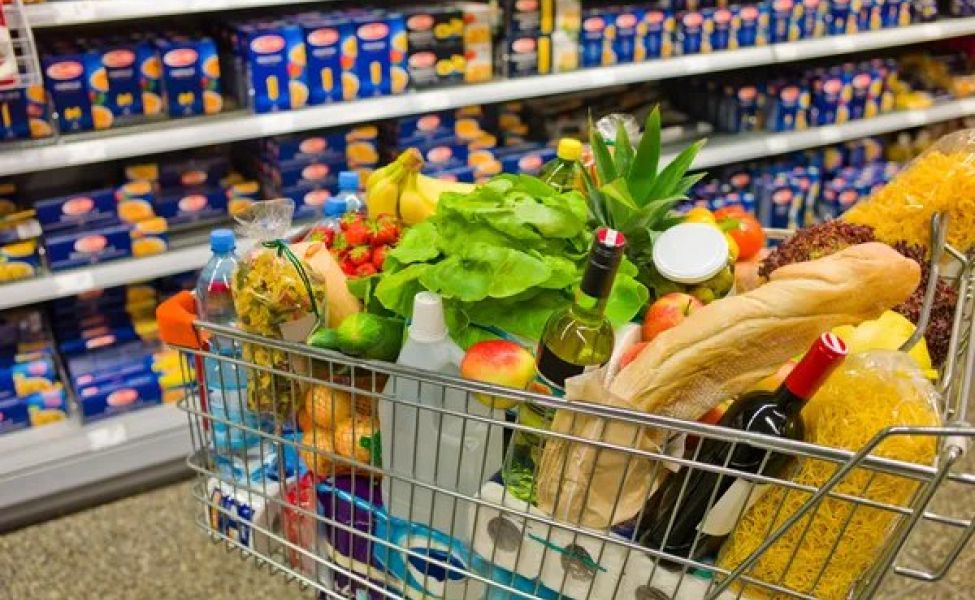
This trend signals concern about living standards
Over the past two decades, food expenditures have claimed an increasingly large share of Kazakh family budgets. According to analysts at Finprom.kz, food accounted for 55.4% of total consumer spending in 2024, nearly 10 percentage points higher than in 2004, when the figure stood at 45.7%. The rise has been gradual, with a peak of 58% during the COVID-19 pandemic in 2020, followed by a slight decline.
The Growing Burden of Food Costs
This trend signals concern about living standards. Under UN benchmarks using the Engel coefficient, households that spend over 50% of their income on food are considered to have a very low standard of living
The burden varies significantly across Kazakhstan’s regions. In the capital, Astana, where average incomes are higher, food accounts for 49.4% of consumer spending. In contrast, the economically vulnerable Turkestan region reports a figure of 62.6%. High levels are also recorded in the Almaty (62.1%), Zhambyl (61.8%), and Zhetysu (60.9%) regions.
This regional disparity is not new. In 2004, residents of the capital and central regions also spent less on food than those in the country’s western and southern areas. Back then, Atyrau, Mangistau, and Almaty regions led in food expenditure shares.
Rising Food Budgets Driven by Consumption, Not Cuts
Despite the heavier budget allocation toward food, Kazakhstanis are not cutting back. On the contrary, consumption has grown in several food categories. Compared to 2004, annual per capita meat consumption has doubled to 82.6 kg. Consumption of fish and seafood has risen by 79.5% to 14.2 kg, and sweets by 51.4% to 43.1 kg. Only two categories saw declines: fruit consumption dropped by 41%, and potato consumption by 8.5%.
These changes suggest that the rising share of food expenditures is driven more by shifts in dietary preferences and expanded consumption than by inflation alone.
Food Spending as a Barometer of Prosperity
Kazakhstan ranks near the bottom globally for food expenditure efficiency. According to 2023 estimates by Euromonitor International, the country placed 99th out of 105, with food accounting for 49.4% of total consumer spending.
In comparison, food spending made up 46.5% in Uzbekistan, 36.9% in Turkmenistan, and just 29% in Russia. In high-income countries, the figures are significantly lower: 6.7% in the United States, 8.4% in Singapore, and 8.7% in the United Kingdom. These disparities reflect not only income differences but also broader variations in economic structures and the effectiveness of social policies.
A Symptom of Structural Strain
The trend in Kazakhstan highlights a broader economic challenge. While food consumption has increased, the rising proportion of household budgets spent on food signals a systemic issue: wages and social benefits are not keeping pace with rising costs and evolving consumer expectations. As long as more than half of family budgets are directed toward food, substantial growth in other sectors of consumer spending remains out of reach.
Source: The Times of Central Asia.
Photo credit: @depositphotos.
YOU CAN SHARE YOUR OPINION AND DISCUSS THE ARTICLE ON OUR TELEGRAM CHANNEL!
















